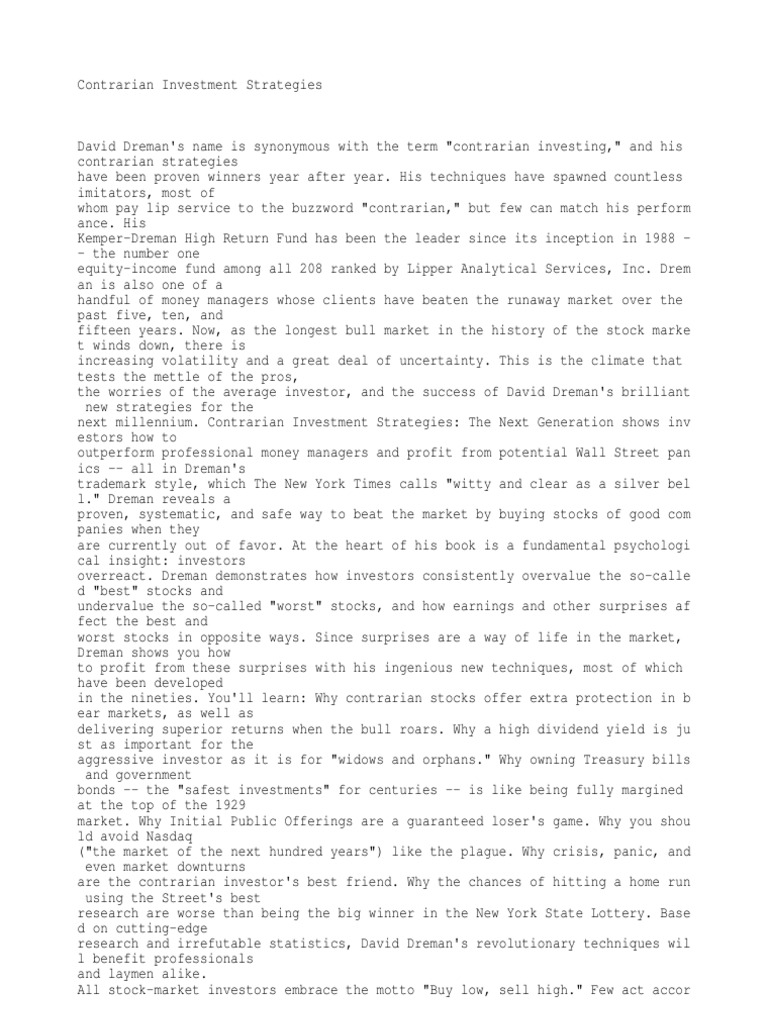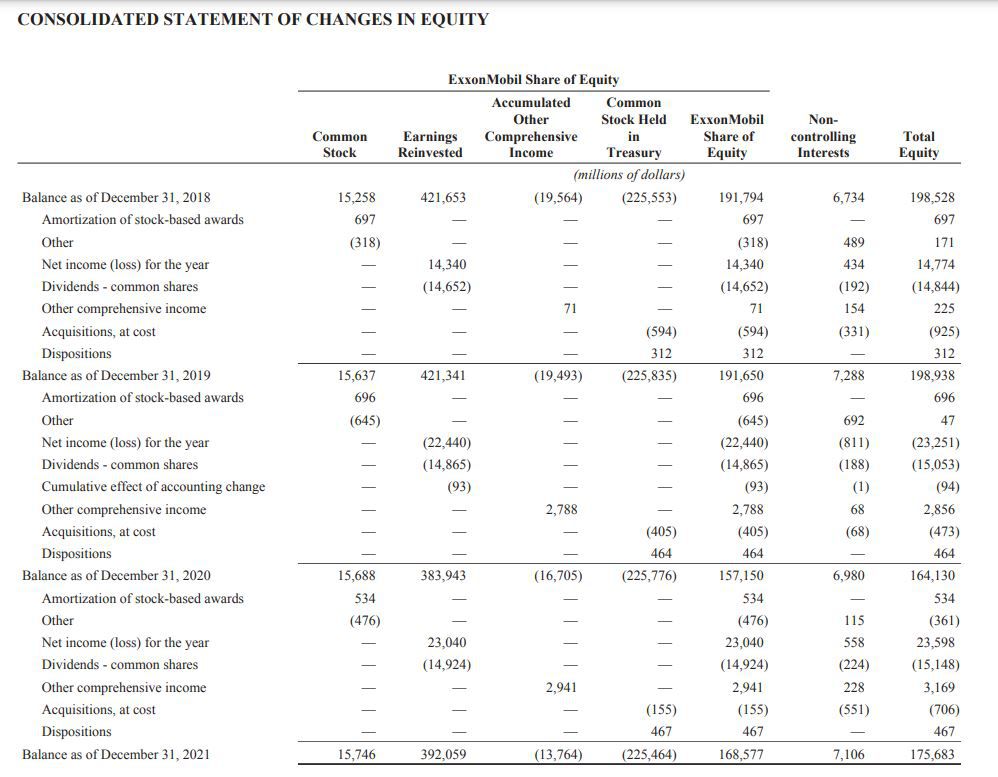Millions Made From Office365 Hacks: Inside The Executive Email Breach

Table of Contents
The Methods Behind Office365 Executive Email Breaches
Cybercriminals employ a range of cunning techniques to breach Office365 accounts, often targeting executives due to their access to sensitive financial information and decision-making power. Understanding these methods is the first step toward effective prevention.
Phishing and Spear Phishing Attacks
Phishing and spear phishing attacks remain the most common entry points for Office365 hacks. These attacks rely on deceptive emails designed to trick recipients into revealing their login credentials or clicking malicious links. Spear phishing is particularly dangerous, as it involves highly targeted attacks tailored to specific individuals, often using personalized information to increase credibility.
- Examples of convincing phishing emails: Emails mimicking legitimate organizations, urgent requests for immediate action, fake invoices or payment confirmations.
- Use of social engineering: Manipulative tactics to exploit human psychology and pressure victims into acting impulsively.
- Impersonation techniques: Emails appearing to be from trusted colleagues, superiors, or clients. The use of forged email addresses that appear almost identical to legitimate ones.
Effective Office365 phishing defense requires vigilance and robust email filtering. Protecting your executives from spear phishing demands advanced security measures and employee training in recognizing suspicious communications.
Credential Stuffing and Brute-Force Attacks
These automated attacks leverage lists of stolen usernames and passwords to attempt access to multiple accounts. Credential stuffing uses known credentials from other breaches, while brute-force attacks systematically try various password combinations until a match is found. These attacks are particularly effective against accounts with weak or reused passwords.
- Importance of strong passwords: Utilizing complex passwords, including uppercase and lowercase letters, numbers, and symbols. Implementing unique passwords for each account.
- Multi-factor authentication (MFA): Requiring multiple forms of authentication (password, code from a mobile app, biometric scan) significantly increases security.
- Password managers: Using reputable password managers to securely generate and store strong, unique passwords for all accounts.
Implementing strong password policies and mandatory multi-factor authentication is crucial in mitigating the risk of credential stuffing and brute-force attacks against your Office365 environment.
Exploiting Vulnerabilities in Third-Party Apps
Many organizations integrate third-party apps with Office365 to enhance productivity. However, vulnerabilities in these apps can provide attackers with a backdoor into your system. Poorly secured apps often become easy targets for cybercriminals.
- Regular app updates: Ensuring all integrated apps are kept up-to-date with the latest security patches.
- Vetting third-party apps: Thoroughly researching and assessing the security measures of any third-party applications before integration.
- Security audits: Regularly auditing the security posture of all integrated applications and your entire Office365 environment.
Regular security audits and careful vetting of third-party apps are essential for maintaining the overall security of your Office365 ecosystem. Ignoring application security can leave your organization vulnerable to exploitation.
The Devastating Consequences of Successful Office365 Hacks
The consequences of a successful Office365 hack extend far beyond the initial compromise, often resulting in significant financial losses and irreparable reputational damage.
Financial Losses
The financial impact of a successful Office365 executive email breach can be catastrophic. Attackers often use compromised accounts to initiate fraudulent wire transfers, deploy ransomware, or steal sensitive financial data.
- Data breaches: Exposure of confidential customer information, intellectual property, and financial records, leading to substantial fines and legal action.
- Ransomware attacks: Encryption of critical data, demanding a ransom for its release. This can disrupt operations and incur significant recovery costs.
- Wire fraud: Unauthorized transfers of funds from company accounts, resulting in substantial financial losses.
- Reputational damage: Loss of customer trust and damage to brand image, affecting future business opportunities.
Reputational Damage and Legal Ramifications
Beyond direct financial losses, a successful Office365 hack can inflict severe reputational damage and trigger significant legal liabilities.
- Loss of customer confidence: Customers may lose trust in an organization following a data breach, leading to a decline in business.
- Regulatory fines: Non-compliance with data privacy regulations, such as GDPR or CCPA, can result in hefty fines.
- Legal action: Lawsuits from affected customers or business partners can lead to substantial financial penalties.
Protecting your reputation and mitigating legal risks requires proactive security measures and strict adherence to data privacy regulations. A strong cybersecurity posture is not merely a technical concern; it's a business imperative.
Protecting Your Organization from Office365 Hacks
Implementing robust security measures and utilizing advanced security tools are critical in protecting your organization from Office365 hacks targeting executive email.
Implementing Robust Security Measures
Strengthening your Office365 security begins with implementing a multi-layered approach to security.
- MFA (Multi-factor authentication): Mandatory for all users, especially executives.
- Strong password policies: Enforce complex passwords and regular password changes.
- Regular security awareness training: Educate employees about phishing tactics and safe email practices.
- Email filtering: Implementing advanced email filtering solutions to identify and block malicious emails.
- Advanced threat protection: Utilizing advanced threat protection features offered by Office365 to detect and prevent sophisticated attacks.
Utilizing Advanced Security Tools
Advanced security tools offer proactive threat detection and incident response capabilities.
- SIEM (Security Information and Event Management): Centralized logging and monitoring of security events to identify potential threats.
- EDR (Endpoint Detection and Response): Real-time monitoring of endpoints to detect and respond to malicious activity.
- Advanced threat protection: Utilizing advanced threat protection services to detect and neutralize sophisticated attacks.
Developing an Incident Response Plan
Having a well-defined incident response plan is crucial for minimizing the impact of a successful breach.
- Steps to take when a breach occurs: Immediate actions to contain the breach and prevent further damage.
- Communication strategy: Plan for communicating with affected parties, including employees, customers, and regulatory bodies.
- Recovery procedures: Steps to restore systems and data after a successful breach.
A comprehensive incident response plan ensures swift and effective action during a security incident, reducing the potential damage and cost associated with a breach.
Conclusion
Office365 hacks targeting executive email pose a significant threat, resulting in substantial financial losses, reputational damage, and legal ramifications. By understanding the methods employed by attackers and implementing robust security measures, including multi-factor authentication, strong password policies, advanced threat protection, and a comprehensive incident response plan, organizations can significantly reduce their vulnerability. Don't become another statistic. Secure your organization against costly Office365 hacks by implementing the security measures discussed above. Invest in robust cybersecurity solutions today and protect your valuable data and reputation. Proactive Office365 security is not just an IT issue; it's a strategic business imperative.

Featured Posts
-
 Profiting From Market Swings A Contrarian Investment Approach
Apr 28, 2025
Profiting From Market Swings A Contrarian Investment Approach
Apr 28, 2025 -
 Max Fried Makes Successful Yankees Debut In High Scoring Win
Apr 28, 2025
Max Fried Makes Successful Yankees Debut In High Scoring Win
Apr 28, 2025 -
 Tesla And Tech Stocks Power U S Market Surge
Apr 28, 2025
Tesla And Tech Stocks Power U S Market Surge
Apr 28, 2025 -
 Pirates Walk Off Victory Ends Yankees Extra Innings Bid
Apr 28, 2025
Pirates Walk Off Victory Ends Yankees Extra Innings Bid
Apr 28, 2025 -
 Dealers Intensify Fight Against Ev Sales Mandates
Apr 28, 2025
Dealers Intensify Fight Against Ev Sales Mandates
Apr 28, 2025
Latest Posts
-
 Examining The Financials The Impact Of Musks X Debt Sale
Apr 28, 2025
Examining The Financials The Impact Of Musks X Debt Sale
Apr 28, 2025 -
 Decoding Xs Financials Post Musk Debt Sale Analysis
Apr 28, 2025
Decoding Xs Financials Post Musk Debt Sale Analysis
Apr 28, 2025 -
 The Changing Face Of X A Look At The Financials Following Musks Debt Sale
Apr 28, 2025
The Changing Face Of X A Look At The Financials Following Musks Debt Sale
Apr 28, 2025 -
 Analysis Of Musks X Debt Sale Impact On Company Finances
Apr 28, 2025
Analysis Of Musks X Debt Sale Impact On Company Finances
Apr 28, 2025 -
 New X Financials How Musks Debt Sale Reshaped The Company
Apr 28, 2025
New X Financials How Musks Debt Sale Reshaped The Company
Apr 28, 2025
